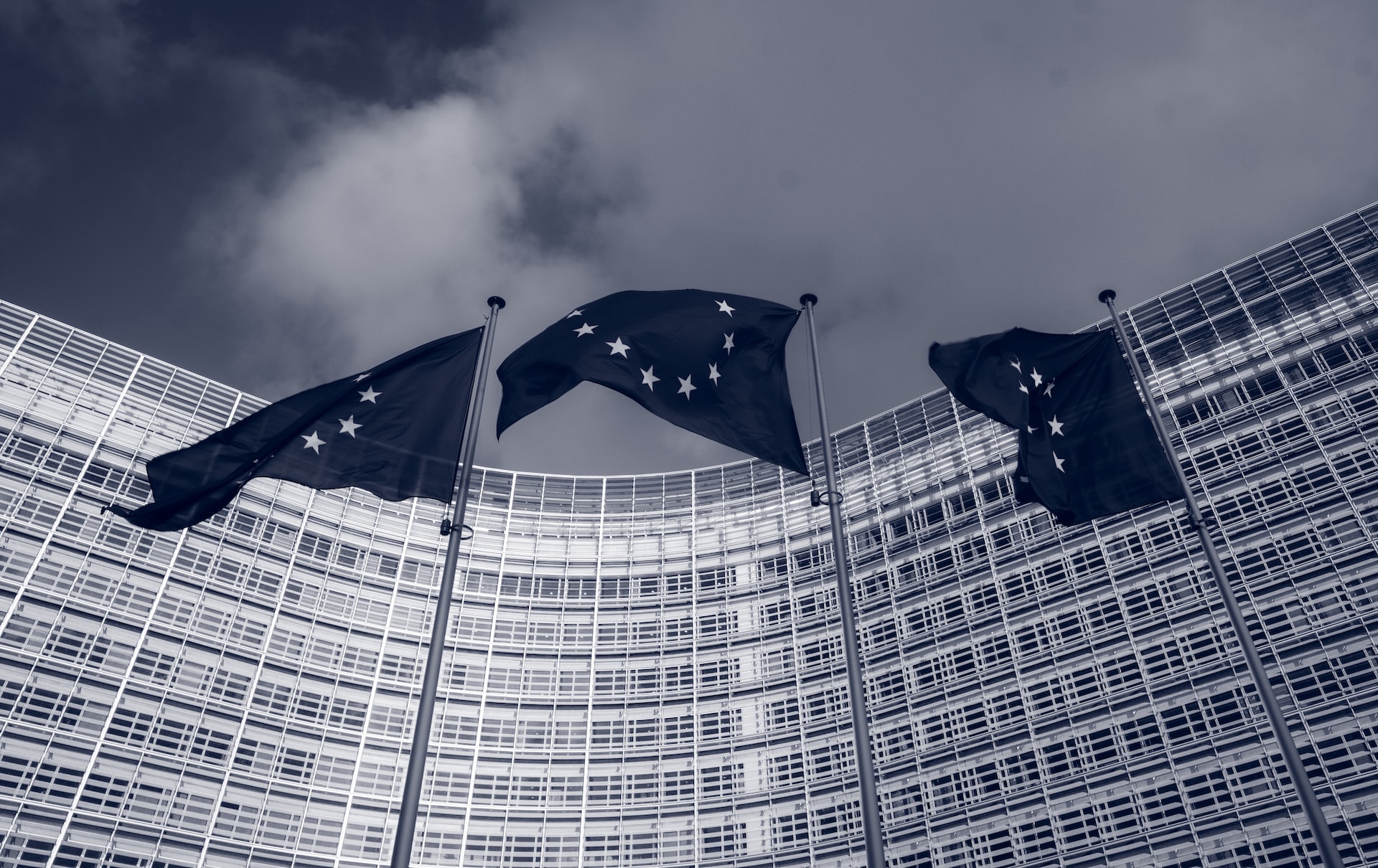Starting in 2026, the way we buy, use, and recycle products in Europe is set to change. The European Union (EU) is introducing the Digital Product Passport (DPP) – a digital passport that collects information about a product and makes it accessible throughout the supply chain, from manufacturer to consumer. This initiative is part of the broader Ecodesign for Sustainable Products Regulation (ESPR), a key pillar of the European Green Deal. The goal is to make products more sustainable and accelerate the transition to a circular economy. But what exactly does this mean for businesses, consumers, and the market?
Why a Digital Product Passport (DPP)?
Until now, product information was often limited to packaging or manuals – and would disappear once the product was discarded or resold. With the Digital Product Passport, all relevant product data will be digitally available and linked to a unique product ID. This includes information about raw materials, origin, usage instructions, repairability, carbon footprint, and recycling options. It empowers consumers to make informed choices, and holds producers accountable for the full lifecycle of their products. It also helps regulatory bodies enforce environmental laws more efficiently and effectively.
Mandatory icons on packaging in Italy
Italy requires clear recycling instructions on packaging to promote sustainability.
Who Will Be Affected?
The Digital Product Passport will be rolled out in phases, and becomes mandatory in 2027 for selected industries, starting with textiles, electronics, and batteries. Companies operating in these sectors must prepare to comply with the new rules, preferably in 2025 or 2026. This means not only redesigning their products, but also digitally unlocking their supply chains. Transparency is key: those who fail to provide sustainability insights risk being excluded from the European market. Importers and distributors will also need to step up, as sharing accurate digital product data will become a shared responsibility.
Benefits for Businesses and Consumers
While the new obligation may seem daunting, the Digital Product Passport offers significant benefits. For businesses, it opens the door to innovation and enhanced brand reputation, as sustainable products become transparent and measurable. It encourages more efficient use of materials, better recycling, and reduced waste. For consumers, it builds trust: they’ll gain insight into where their products come from, how they're made, and what happens after use. Imagine scanning clothing with your smartphone to check the cotton’s origin. It creates a marketplace where sustainability truly becomes a competitive advantage.
Technology and Implementation of the Passport
The technical side of the DPP is just as crucial as the legislation itself. Each passport will be based on standardised data formats, accessible via QR codes, RFID tags, or blockchain systems. Data storage and system interoperability are major challenges, as are cybersecurity and privacy concerns. EU institutions are working closely with industry stakeholders and tech providers to develop a robust, secure, and scalable system. Entrepreneurs would be wise to start investing in digital infrastructure and exploring how their products can be made DPP-compliant.

What does the new General Product Safety Regulation (GPSR) mean for importers from Asia?
In this guide we delve into the core of the GPSR and explain how you as an importer can adapt your business operations to meet the new requirements.
When Will the Digital Product Passport Become Mandatory?
Although the Digital Product Passport EU (DPP) is set to play a central role in the EU’s sustainability agenda, it will not become mandatory all at once. The legal basis for the DPP lies in the Ecodesign for Sustainable Products Regulation (ESPR), adopted in 2024. The actual obligation to implement a product passport will depend on product category, and will be introduced step by step via delegated acts. These acts define the exact rules per product group and are expected to be published starting in 2025, with the first DPP requirements coming into force from 2026 at the earliest. However, for most sectors, such as textiles, electronics, and furniture, the obligation will likely start in 2027 or later. This phased approach allows businesses to adapt, but also means that preparation must start now to ensure compliance when the rules kick in.
How Should Companies Prepare?
Businesses in the targeted sectors should act now. The first step is mapping the full lifecycle of their products, from raw materials to end-of-life. Next, it’s crucial to select the right partners and tools to collect, structure, and share the necessary data. Training employees, updating software, and collaborating with suppliers are key parts of the process. Communication also plays a big role: the digital product passport can be a powerful marketing tool when used strategically. Companies that embrace transparency in sustainability gain trust – and market share.
Conclusion: From Obligation to Opportunity
At first glance, the Digital Product Passport might seem like a burdensome regulation, but in reality, it's an opportunity to stand out. In a world where sustainability is increasingly important, the DPP offers clarity, transparency, and a competitive edge. By investing now in knowledge, technology, and partnerships, companies can future-proof their operations – and even lead the way in their industry. The EU is paving the path toward a circular economy, and the digital product passport is a key to unlocking it.
Start today with EPR registration!
Make sure you comply with EPR legislation in Germany, France and other EU countries!









